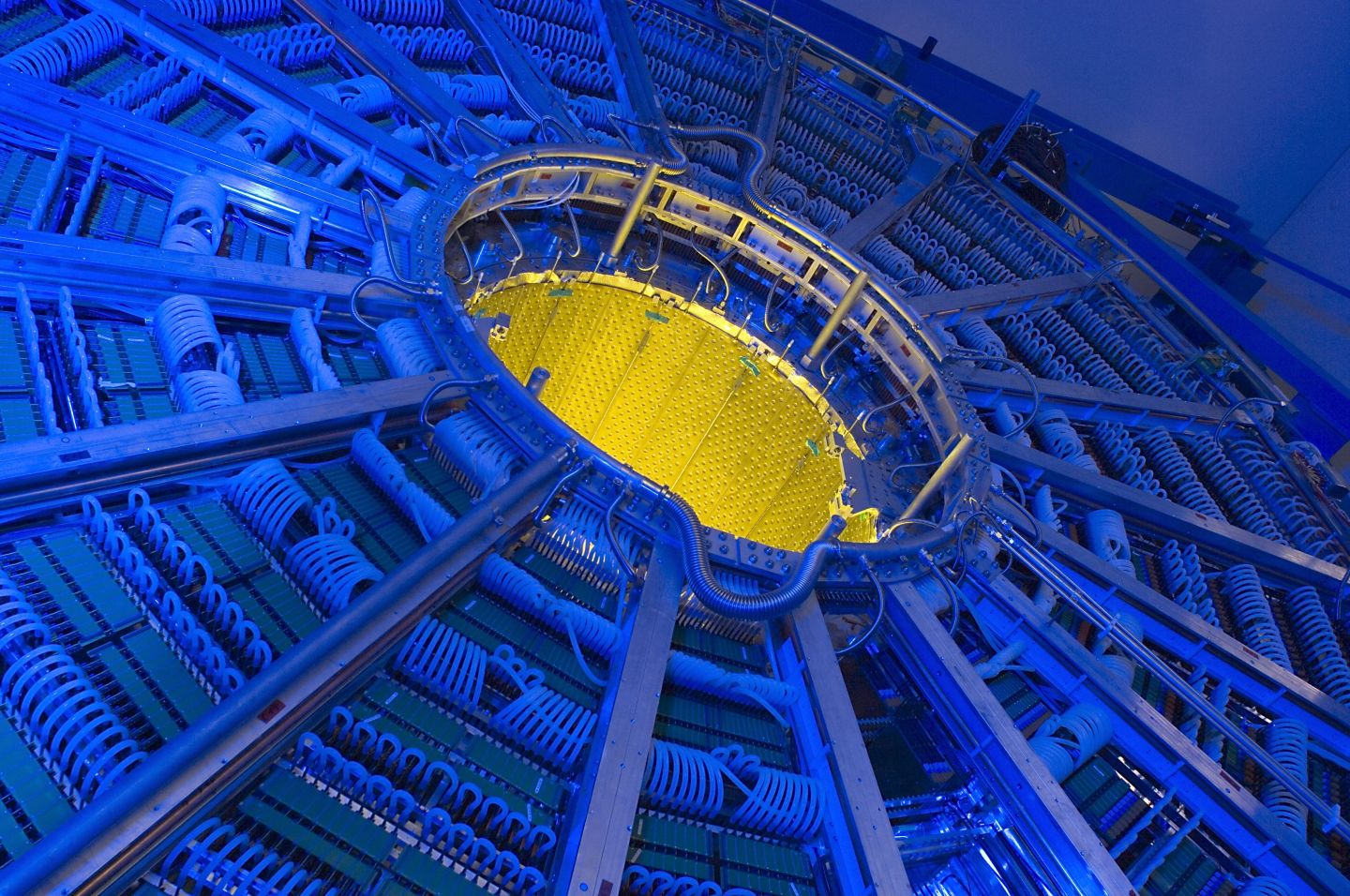
Juan José Gómez Cadenas, Ikerbasque researcher in DIPC, has published a article that reviews the application of high pressure gaseous xenon time projection chambers to neutrinoless double beta decay experiments. First, the fundamentals of the technology and the historical development of the field are discussed. Then, the state of the art is presented, including the prospects for the next generation of experiments with masses in the ton scale range.
Fundamentals
Over the last decade, xenon TPCs have emerged as powerful tools for the study of rare events, in particular concerning dark matter and neutrinoless double decay (ββ0ν) searches. Their principle of operation is the same as for all TPCs: charged radiation ionizes the fluid and the ionization electrons are drifted under the action of an electric field to sensitive image planes, where their transverse position information (X,Y) is collected. Their arrival times (relative to the start-of-the-event time, or t0) are then translated to longitudinal positions, Z, through their average drift velocity.
Yet the application of TPCs to ββ0ν searches has its own peculiarities. In this case xenon is not only the sensitive medium, but also the target where the decays occur. Since the sensitivity of the search is proportional to the target mass, the apparatus needs to be as large and compact as possible, leading to either high pressure gaseous xenon (HPXe) or liquid xenon (LXe) TPCs. Furthermore, the energy of the decay is retvely low and thus the tracks left by the two electrons can be rather short for HPXe detectors or even point-like objects for LXe chambers.
The NEXT Programme
The Neutrino Experiment with a Xenon TPC (NEXT) is an experimental program developing the technology of high-pressure xenon gas Time Projection Chambers (TPCs) with electroluminescent amplification for neutrinoless double beta decay searches (ββ0ν).
The first phase of the program included the construction, commissioning and operation of two prototypes, called NEXT-DBDM and NEXT-DEMO (with masses around 1 kg).
The NEXT-White2 detector, containing 5 kg of xenon, implements the second phase of the program. NEXT-White has been running successfully since October 2016 at the Laboratorio Subterráneo de Canfranc (LSC), Spain.
NEXT-100 constitutes the third phase of the program. It is a radiopure detector deploying 100 kg of xenon at 15 bar and scaling up NEXT-White by slightly more than 2:1 in both the longitudinal and the radial dimensions. In addition to a physics potential competitive with the best current experiments in the field, NEXT-100 can be considered as a large-scale demonstrator of the suitability of the HPXe-EL technology for detector masses in the ton-scale.
The fourth envisioned phase of the program is called NEXT-2.0, a detector that will multiply the mass of NEXT-100 by a factor of 5 while reducing NEXT-100 background in the ROI by at least one order of magnitude, thanks to the combination of an improved topological signature and a reduced radioactive budget. Furthermore, NEXT-2.0 could implement Ba++-tagging based in single-molecule fluorescence imaging (SMFI). The importance of SMFI Ba++-tagging cannot be overemphasized, since it would permit a background-free experiment at the ton scale leading to a full exploration of the Inverse Hierarchy (IH) and beyond, with a high probability of discovery.
.png)
